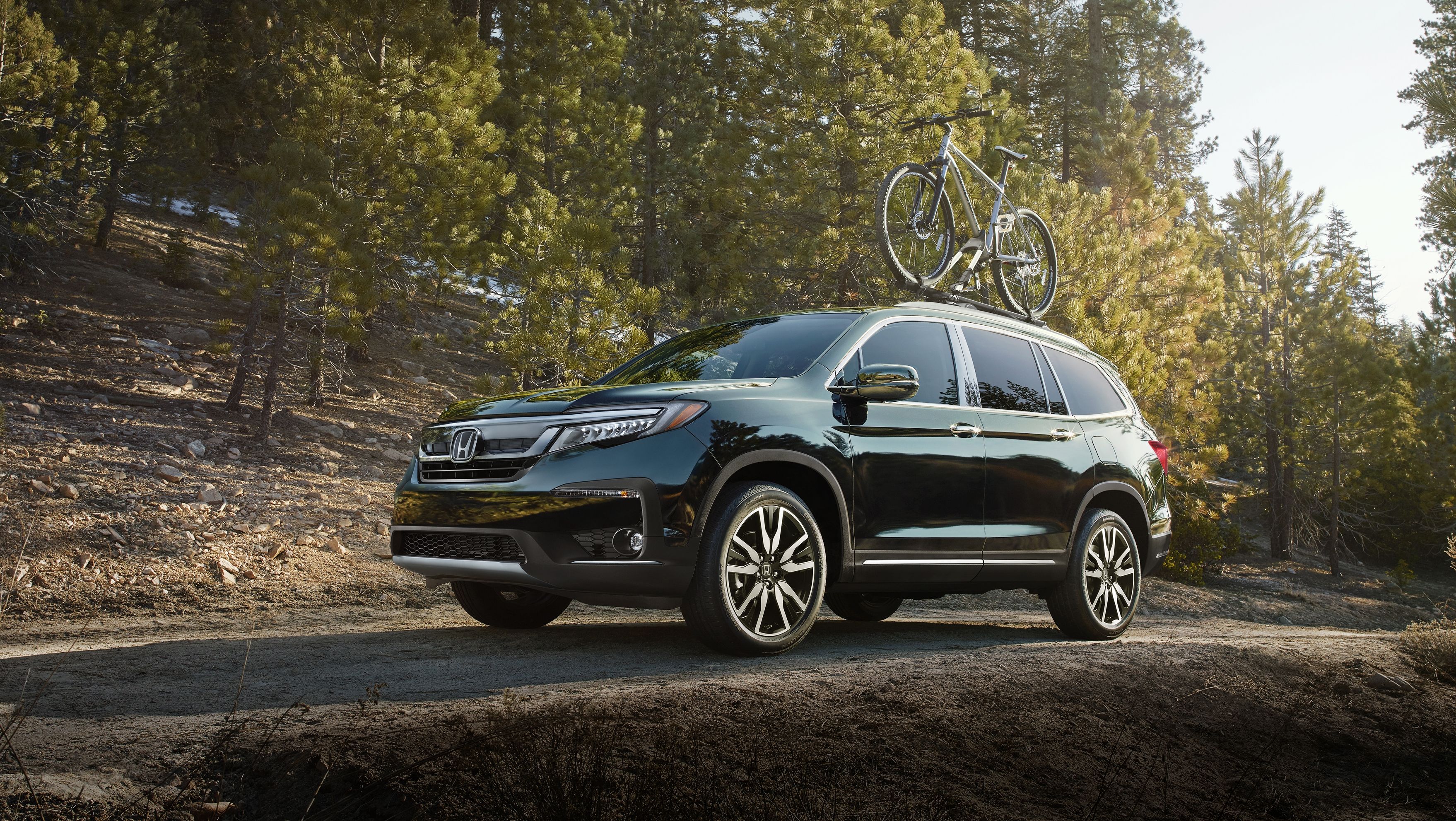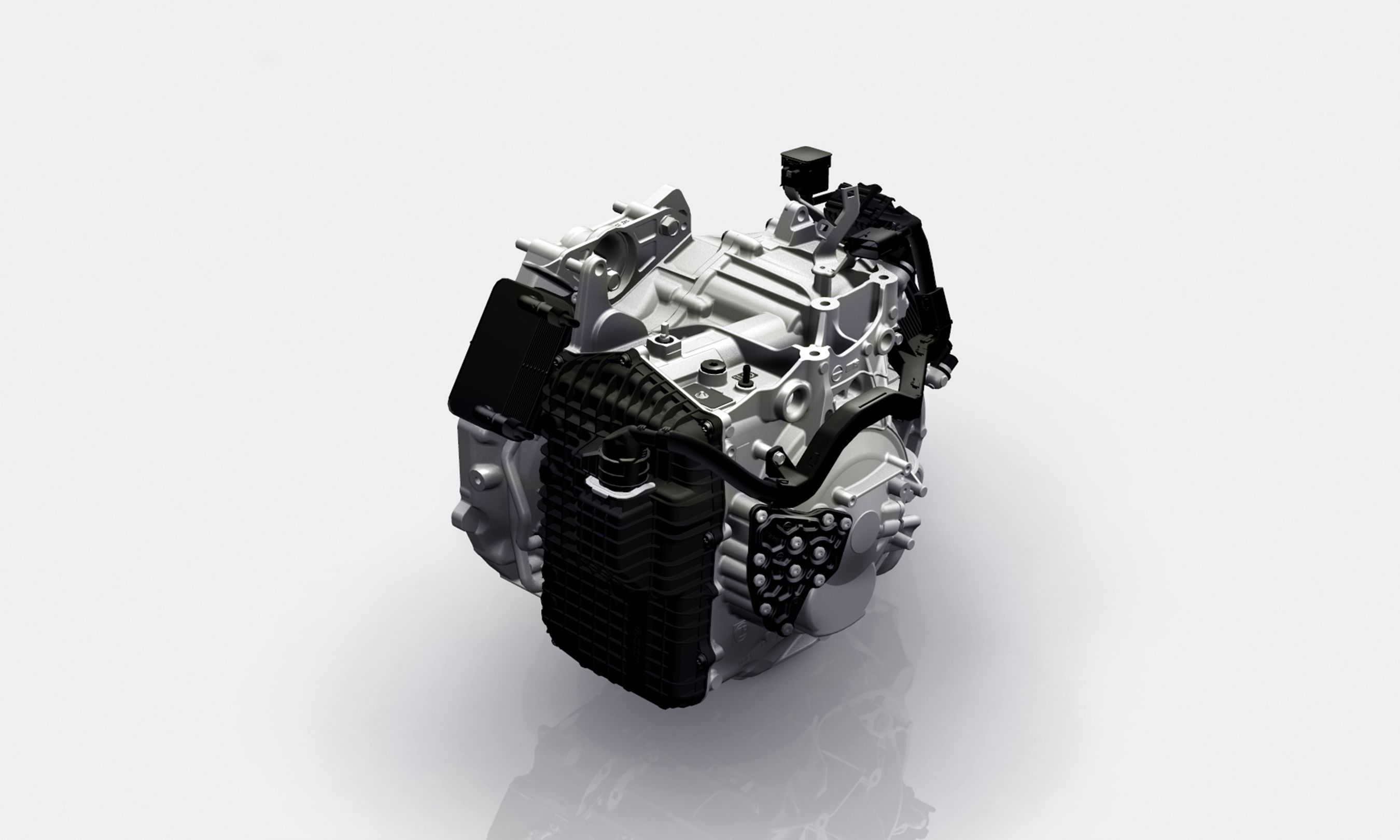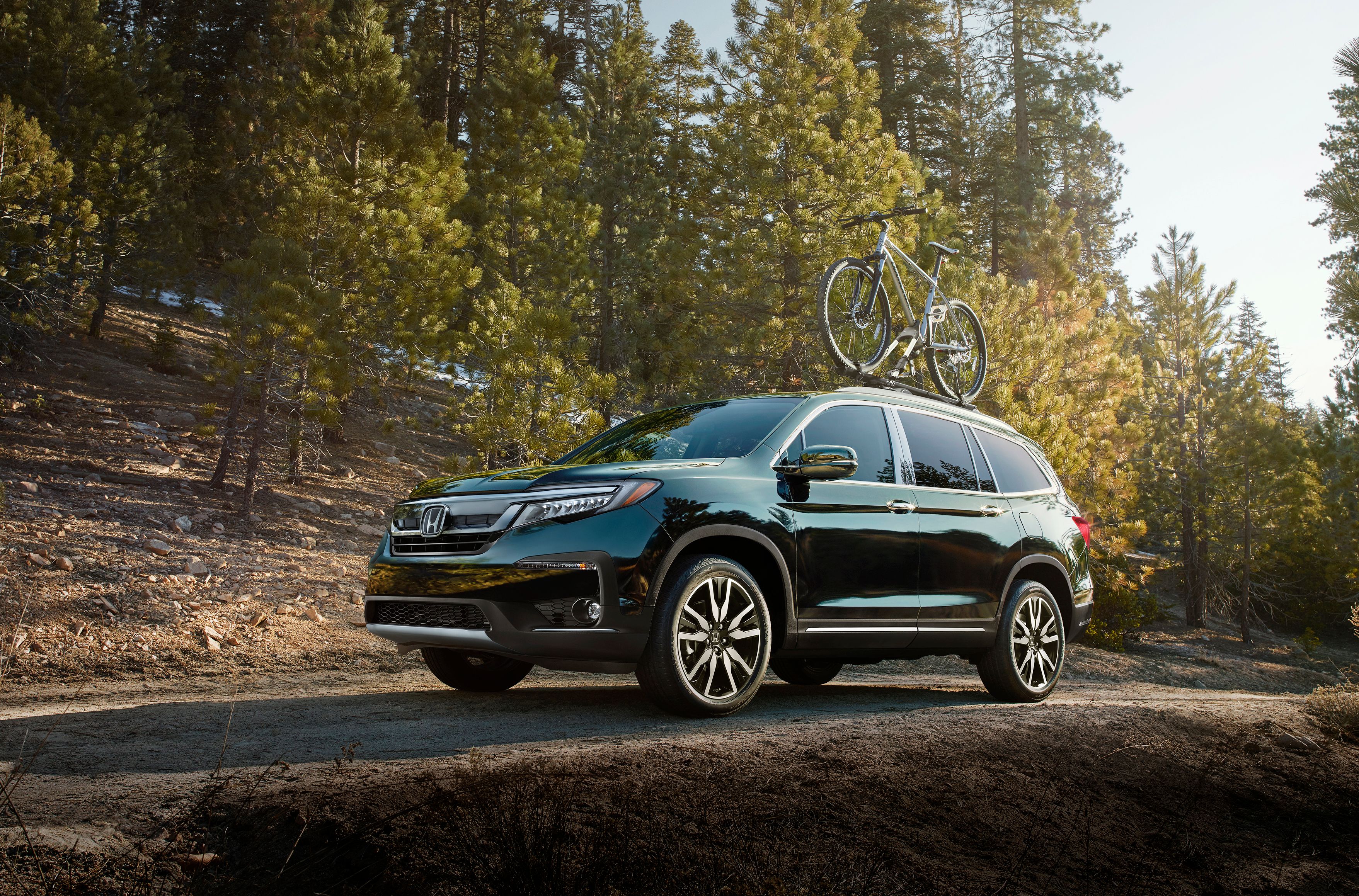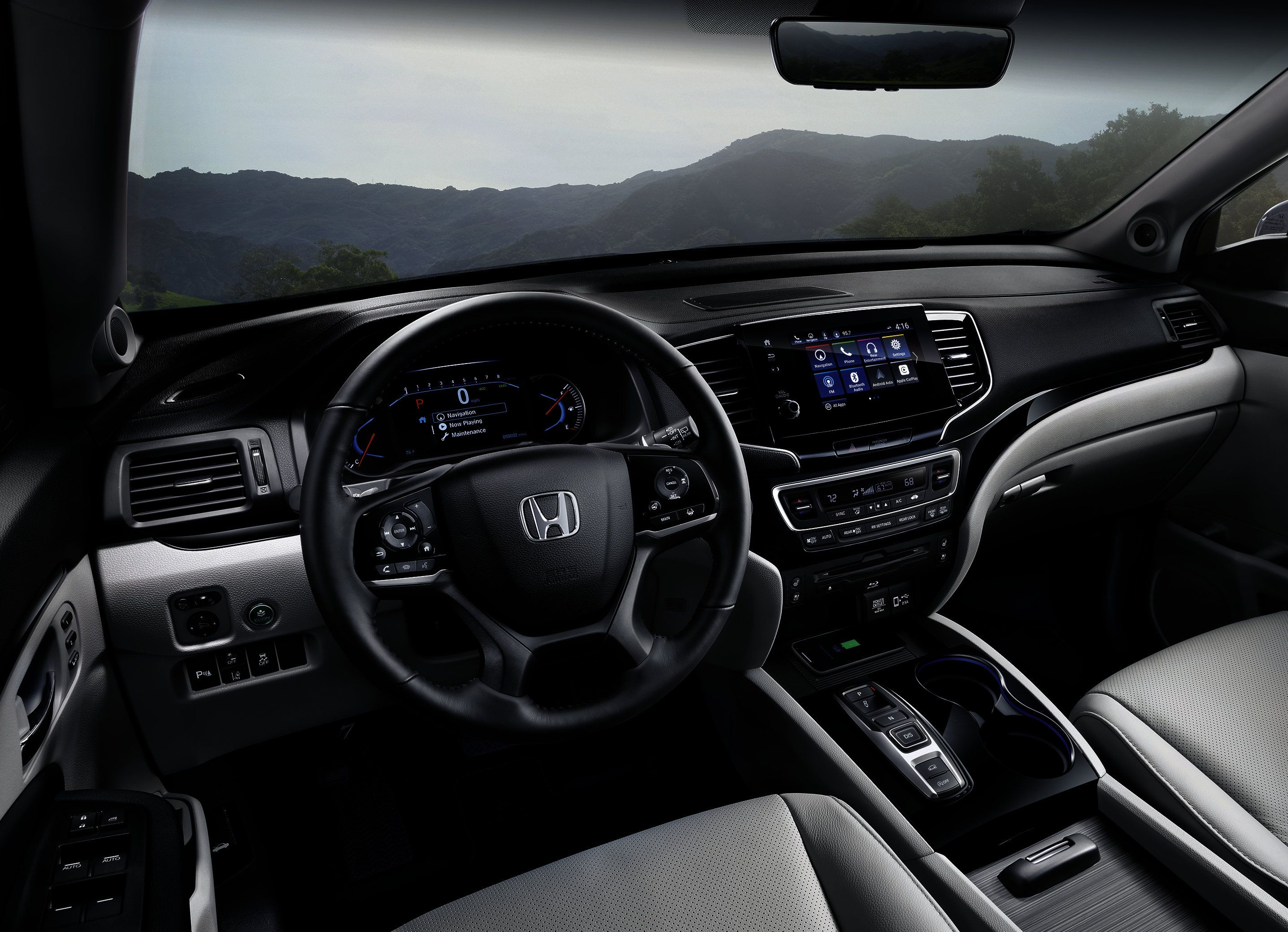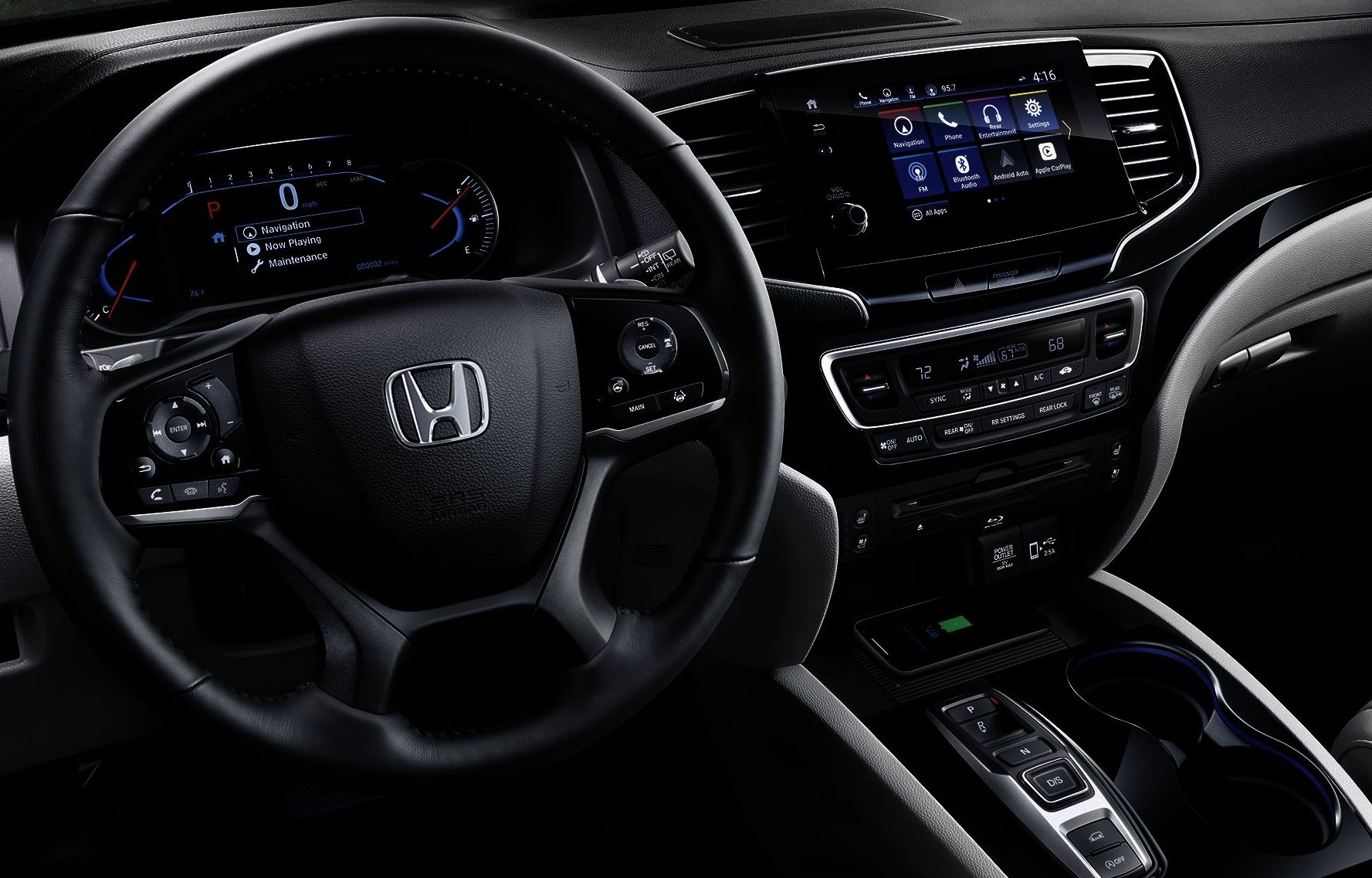As the only 8-passenger SUV in the segment, the Honda Pilot discovered a dedicated base of customers on the U.S. market. In an effort to advance their strategy, the company revealed a facelifted 2019 Honda Pilot only days ago along with the introduction of a smaller, updated 2018 HR-V. Naturally, Honda continuously probed the market, identifying the most important challenges customers faced when using the car. In that regard, Honda updated the Infotainment system, integrated more standard safety gear and, most importantly, brought back the volume knob. And yes; the problematic 9-speed transmission has been comprehensively overhauled as well.
Below are the five most important changes Honda made to the 2019 Honda Pilot.
5. Significant Refinements to the Nine-Speed Automatic Transmission
The advanced, nine-speed automatic transmission system was swamped with problems within the Honda and Acura lineups. Honda offered it with the 2015-2017 TLX, the 2016-2017 MDX, the 2016-2017 Pilot, and the 2018 Honda Odyssey, where customers and service technicians reported problems such as gasket leaks, or improper transmission assembly causing coolant and transmission fluids to mix. These problems could lead to extreme overheating or total failure of the transmission.
The service bulletins Honda handed to their technicians detailed the problems and it was concluded that, in rare instances, cars under warranty needed their transmission, transmission warmer, radiator, thermostat, coolant hoses, coolant reserve tank, and O-rings replaced.
The 2019 Honda Pilot shouldn’t have any of these problems. The press release did not actually detail the changes to the transmission, but it was noted that along with the updates, Honda made “significant refinements to its 9-speed automatic transmission (available in Touring and Elite trims).”
The ZF 9HP 9-speed automatic transmission in the Pilot should also provide a bit more engaging experience as it was reprogrammed with new software. As always, it moves with the 3.5-liter V-6 that develops 280 horsepower.
4. Compelling Exterior Design for a More Astute Presence
The outgoing Honda Pilot isn’t exactly a looker. Sure, being an almost perfect family hauler, it sells like hotcakes, but its design matured and needed to be refreshed. The new model tries to offer something more appealing with design cues similar to those on Acura cars. The so-called Jewel Eyes from Acura seem to be reimagined for the Pilot. The seemingly slimmer LED headlights certainly improve the overall look of the front end, especially after Honda added a redesigned grille and an updated lower fascia. The car definitely looks a bit meaner - grown up even. Aside from giving obvious front refinements to the Pilot, Honda designers introduced a new 20-inch wheel design. Unfortunately, Honda did not disclose any photos of the rear end, but you can expect new rear light graphics and, possibly, a redesigned bumper. Nothing extreme, mind you.
3. Improved Ergonomy on the Inside
Not much has changed on the inside. The Pilot can still swallow up to 83.9 cubic feet of cargo or seat eight passengers. However, Honda did receive a number of complaints about its “virtual” volume slider which was a part of the previous infotainment system. The updated model finally replaced that solution with a traditional volume knob. Something many will appreciate and proof that Honda listens to its customers.
Apart from this piece, the new 2019 Honda Pilot received a redesigned instrument cluster, a reimagined infotainment touch-screen and, interestingly, a new steering wheel.
These subtle changes won’t dramatically change the driving experience or passenger comfort, but they do show that Honda listens to your needs. Furthermore, with the new steering wheel and new instrument cluster, Honda wanted to offset that obvious MPV cabin aura.
2. More Tech Features Inside
The infotainment system has been comprehensively enhanced. New tech features include Qi wireless charging for mobile devices, hotspot capability (in-car WiFi basically), and a better entertainment system for the back seats - all with larger displays and new video streaming capability.
Honda scaled some other features from the Odyssey as well and adapted them for the 2019 Pilot.
Systems like the CabinTalk (a PA system) can be included in the 2019 Pilot, as well as the CabinControl app. Both of these are Pilot-first features. Obviously, with gear like this, Honda additionally improved the family-friendly ethos of the Pilot.
1. Honda Sensing as Standard
An advanced suite of safety technologies packed together as the Honda Sensing became standard for the 2019 Honda Pilot. Honda disclosed its intention of making the safety bundle standard on all of its cars by 2022. The integration of Honda Sensing into the Pilot is merely a continuation of the plan. The safety package includes collision mitigation braking, forward collision warning, active lane-keeping assist, road departure mitigation, and adaptive cruise control. Becoming standard, these technologies additionally improve the safety of the 2019 Pilot making it a coherent and complete family package only a few crossovers can match.
Conclusion
The new Honda Pilot will go on sale on July 16. As a finely updated family crossover, the Pilot offers an assortment of technologies and ergonomically adept features to reach the top of its class.
"The continued fortification of the Honda light-truck lineup with the refreshed 2019 Pilot and HR-V further enhances our already award-winning lineup of Honda SUVs," said Henio Arcangeli, Jr., Senior Vice President of American Honda Motor Co., Inc. and General Manager of the Honda Division. "With application to HR-V, Honda Sensing is now available or standard on every Honda model, which is both an incredible benefit to our customers and increased value over the competition."
The crossover is available with an FWD or optional AWD system along with the convenience hands-free tailgate control.
Further reading
Read our full review on the 2016-2019 Honda Pilot.
Read more Honda news.

